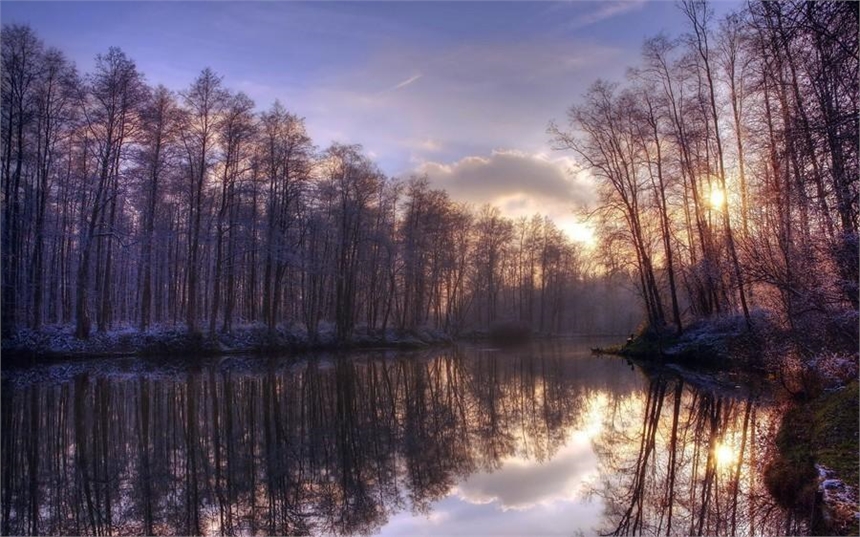Its surface temperature is a roasting 470 degrees centigrade (roughly 900 degrees Fahrenheit), which is hot enough to melt lead, and the atmospheric pressure at the surface is ninety times that of Earth, or more than any human body could withstand.
它的表面温度高达470摄氏度,连铅都会熔化。金星表面的大气压是地球表面的90倍,任何人都受不了。
We lack the technology to make suits or even spaceships that would allow us to visit.
目前我们生产不出隔热服装,也制造不了隔热的宇宙飞船,因此无法前往金星。
Our knowledge of Venus's surface is based on distant radar imagery and some startled squawks from an unmanned Soviet probe that was dropped hopefully into the clouds in 1972 and functioned for barely an hour before permanently shutting down.
我们对金星表面的了解,是基于遥远的雷达图像,以及一艘苏联无人探测器发出的一些噪声。那个探测器于1972年满怀希望降落在云团里,运转不到一个小时就永远地关闭了。

So that's what happens when you move two light minutes closer to the Sun. Travel farther out and the problem becomes not heat but cold, as Mars frigidly attests. It, too, was once a much more congenial place, but couldn't retain a usable atmosphere and turned into a frozen waste.
所以,你只要向太阳移动2光分,就会发生上述情况。而要是离太阳再远一点,问题不是太热,而是太冷,这一点冰冷的火星可以作证。火星一度也是个比较合意的地方,但它没有留住有用的大气层,变成了一个天寒地冻的不毛之地。
But just being the right distance from the Sun cannot be the whole story, for otherwise the Moon would be forested and fair, which patently it is not. For that you need to have:
但是,仅仅与太阳的距离不适合还不解决全部的问题,否则月球上也会是个长满森林的漂亮地方。但它显然不是。为此,你非得还要有:
The right kind of planet.I don't imagine even many geophysicists, when asked to count their blessings, would include living on a planet with a molten interior, but it's a pretty near certainty that without all that magma swirling around beneath us we wouldn't be here now.
合适的行星。我可以想像,如果你请地球物理学家数一数自己的幸遇,连他们许多人也不会把一个内部都是岩浆的行星包括在内。但是,几乎可以肯定,要是我们的脚底下没有翻腾的岩浆,我们就不会在这里。













